It’s no secret that a bad paint job can ruin the look of any room. But, if you’re unhappy with how your paint looks, don’t worry – there are ways to fix it. This post will show you how to fix a bad paint job and make it look new again. We’ll also share some tips on how to avoid common painting mistakes. So, keep reading to learn more.
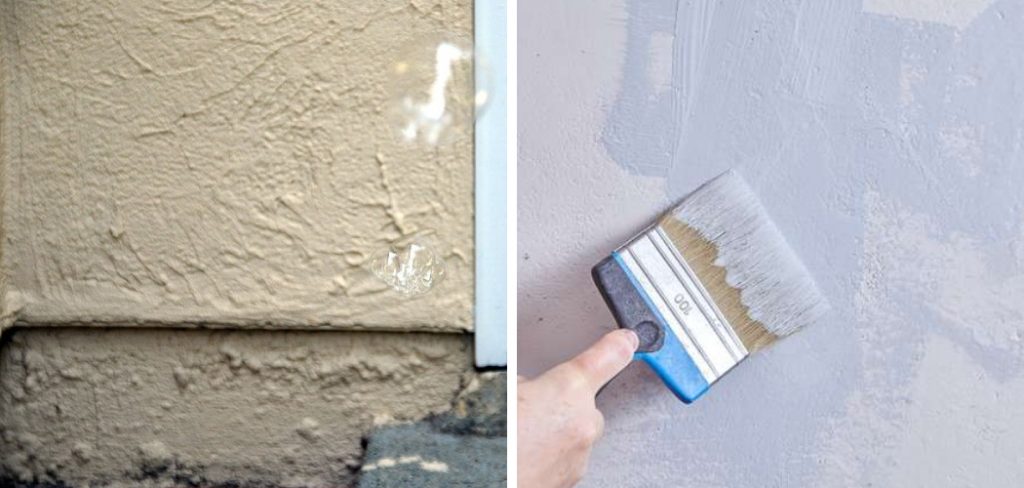
Summary:
If you have a bad paint job, don’t fret – there are a few easy steps you can take to fix the problem. First, wash the area to be repainted with soap and water and allow it to dry thoroughly. Next, use sandpaper or a scraper to remove any flaking paint.
Once that step is complete, use primer and spray paints in the correct colors to cover the area. Before painting, make sure all surfaces are clean and free of dirt or dust. Finally, apply two coats of paint for an even finish.
What Causes a Bad Paint Job?
There are a few different things that can cause a bad paint job. The one that is most likely to cause problems is painting over a dark color with a light one. This can result in an uneven paint job that looks patchy. If you’re not careful, you can also end up with paint drips on your floor or furniture. Another common cause of bad paint jobs is using the wrong type of paint for the job.
For example, using glossy paint on a textured surface can cause the paint to pool in the depressions and look uneven. Additionally, using paint that is too thin can also cause problems. If the paint is too thin, it will run and drip, making a mess. If it’s too thick, it won’t be easy to spread evenly and could also cause dripping. The other major cause of bad paint jobs is simply not taking the time to prep the surface properly.
If you don’t sand or prime the surface before painting, the paint will not adhere properly and is more likely to chip and peel. Lastly, not allowing enough time for the paint to dry can also cause problems. If you try to apply a second coat of paint before the first one is dry, the paint will not adhere properly and will start to peel.
Why It’s important to Fix a Bad Paint Job
A bad paint job can ruin the look of your home and make it feel less inviting. Additionally, it can also make your home more difficult to sell. If you’re planning on putting your home on the market, it’s important to ensure that the paint job is in good condition. Potential buyers will notice if the paint is chipped or peeling, and it could make them less likely to make an offer.
Another reason to fix a bad paint job is to protect your investment. Your home is likely one of the most valuable things you own, and painting is one of the best ways to protect it from the elements. In addition, if the paint is in poor condition, it could start to rot and deteriorate, leading to expensive repairs. Finally, fixing a bad paint job can also improve your home’s energy efficiency. If the paint is in good condition, it will be able to reflect heat better and keep your home cooler in the summer.
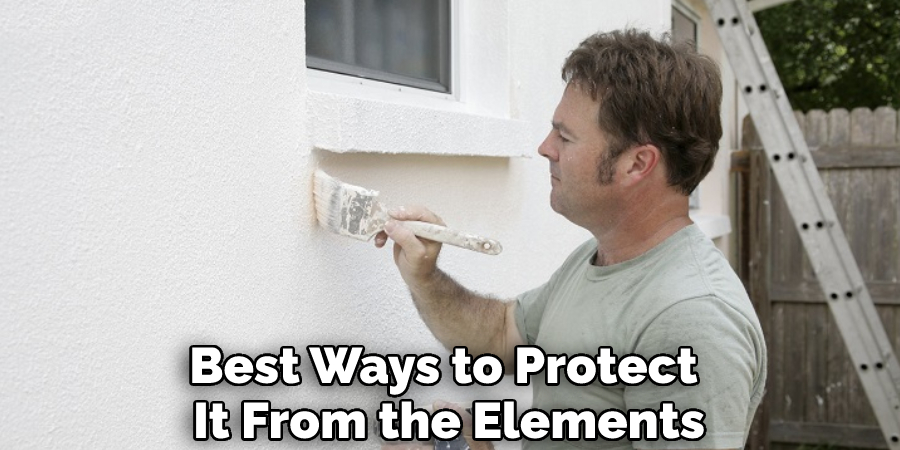
A Complete guide on How to Fix a Bad Paint Job
1. Remove Chipped or Peeling Paint
If the paint is already starting to chip or peel, you’ll need to remove it before you can repaint. it This is because chipped or peeling paint will not adhere properly to the surface and will continue to peel. Use a putty knife or paint scraper to remove the paint. First, scrape off any loose paint. Then, use a wire brush to remove any paint that is stuck to the surface. Wear gloves and a dust mask to protect yourself from paint chips and dust.
2. Sand the Surface
Once you’ve removed all of the chipped and peeling paint, you’ll need to sand the surface. This will create a smooth surface for the new paint to adhere to. Use fine-grit sandpaper to avoid damaging the surface—first, sand in the direction of the grain. Then, the sand is perpendicular to the grain. Finally, use a random orbital sander to create an even finish. If you don’t have a sander, you can also sand the surface by hand. If you’re painting over wood, be sure to sand in the grain direction.
3. Clean the Surface
Another important step in how to fix a bad paint job is to clean the surface before painting. This will remove any dirt, dust, or grease that could prevent the paint from adhering properly. Use a damp rag to wipe down the surface. First, wipe down the surface with a damp rag. Then, use a vacuum cleaner with a soft brush to remove dust. Finally, use a tack cloth to remove any lingering dust particles. You can also use a vacuum with a brush attachment to remove any dust. Be sure to let the surface dry completely before painting.
4. Apply a Primer
Once the surface is clean and dry, you’ll need to apply a primer. This will help the paint adhere better and provide a more even finish. Use a brush or roller to apply the primer in long, even strokes. If you’re painting over a dark color, use a white primer. Otherwise, use a primer that is the same color as the paint you will be using. First, paint a thin layer of primer over the surface. Then, wait for the primer to dry completely before applying a second coat. If necessary, you can also apply a third coat of primer. Be sure to let the primer dry completely before painting.
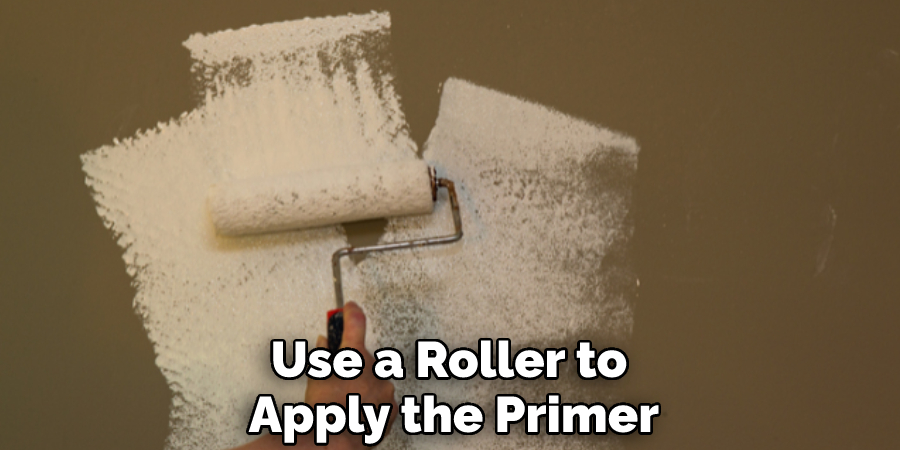
5. Choose the Right Paint
Once you’ve prepared the surface, you’ll need to choose the right paint. This will ensure that the paint adheres properly and looks its best. If you’re painting the exterior of your home, use latex-based paint. For the interior, you can use either latex or oil-based paint. Be sure to choose appropriate paint for the surface you’re painting. For example, if you’re painting over wood, use oil-based paint. If you’re painting over drywall, use latex-based paint. Avoid using paint that is in poor condition. This will make the job more difficult and could result in an inferior finish.
6. Paint in the Right Direction
Once you’ve chosen the right paint, you’ll need to apply it in the right direction. This will ensure even coverage and minimize the appearance of brush strokes. For example, when painting a door, start with the panels and then move to the rails. For walls, start at the top and work your way down. And for trim, it’s best to paint in the grain direction.
7. Let the Paint Dry
After you finish painting, you’ll need to let the paint dry. This can take anywhere from a few hours to a few days. Be sure to read the instructions on the paint can see how long you should wait before touching or using the painted surface. Once the paint is dry, you can add any final touches, such as new hardware or trim.
8. Apply a Second Coat
If necessary, you can apply a second coat of paint. This will provide more coverage and help to create a more even finish. Be sure to let the first coat of paint dry completely before applying a second coat. And be sure to follow all of the steps above when applying the second coat.
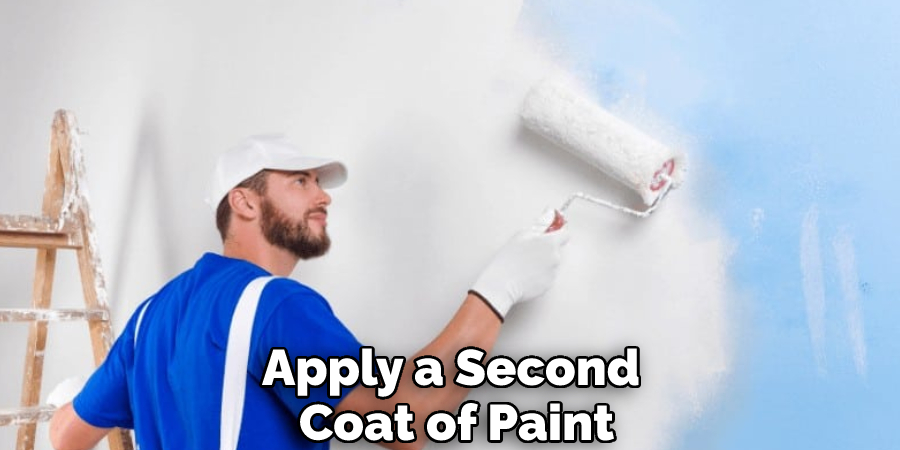
9. Add a Clear Coat
Once you’ve applied the final coat of paint, you may want to add a clear coat. This will provide additional protection and make the paint more durable. First, let the paint dry completely. Then, apply a thin layer of clear varnish or polyurethane over the top. Let the clear coat dry completely before using the painted surface.
10. Enjoy Your New Paint Job!
Congratulations! You’ve successfully learned how to fix a bad paint job. Now, enjoy your new paint job and the sense of accomplishment that comes with it. Try not to think about the fact that you’ll probably have to do it again in a few years.
Tips and Warnings on How to Fix a Bad Paint Job
Tips:
- Be sure to clean the surface before starting. This will ensure that the paint adheres properly.
- If the paint is peeling, sanding may be necessary before painting.
- Use a primer before painting to help with coverage and adhesion.
- When painting, use even strokes and be sure to cover all areas completely.
- Allow the paint to dry completely before adding a second coat, if necessary.
- Inspect the job after it is completed to ensure there are no missed spots or drips.
Warnings:
- Do not try to fix a bad paint job yourself if you are not confident in your abilities.
- Always test the paint on a small area before starting the job to ensure that you like the color and coverage.
- Be sure to wear proper safety equipment when painting, such as a mask and gloves.
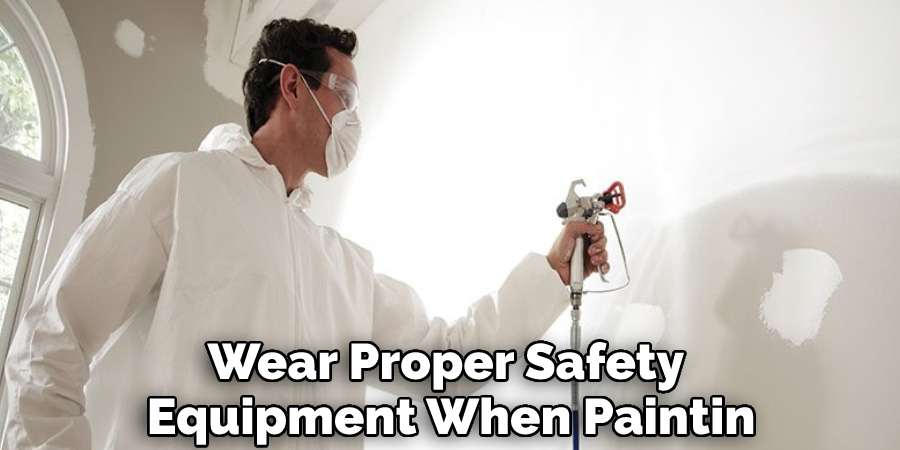
Conclusion
So there you have it! Everything you need to know about how to fix a bad paint job. With these tips, you can successfully repair any paint job, no matter how bad it is. With a little patience and some elbow grease, you can have your home looking its best in no time. Thanks for reading!
